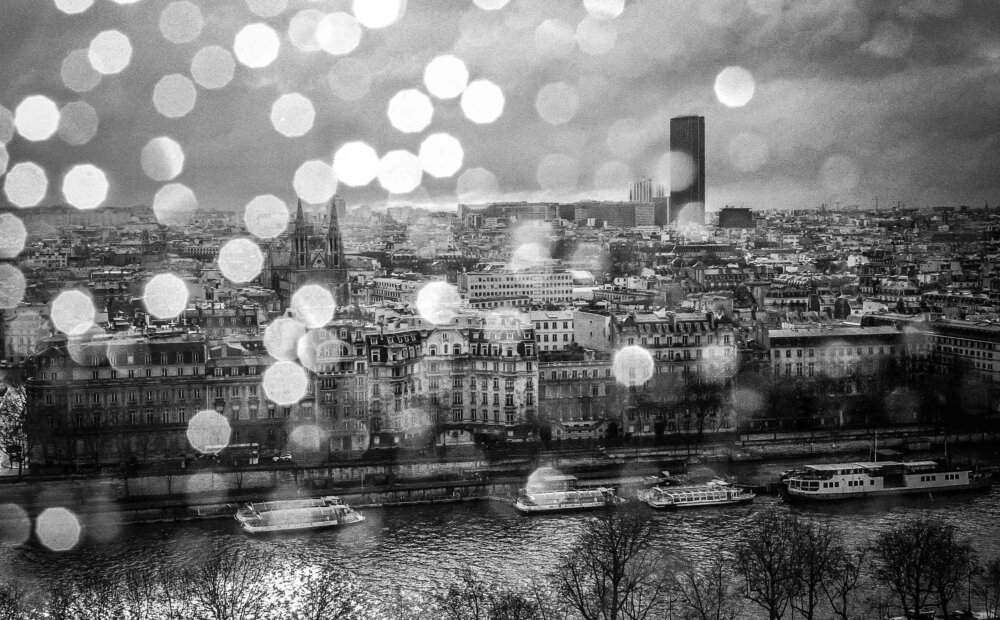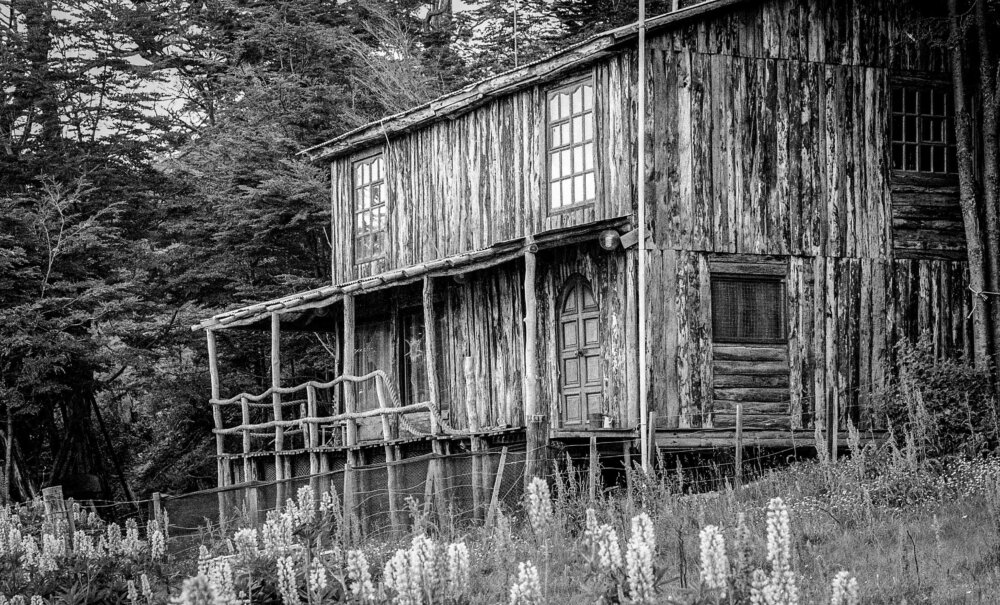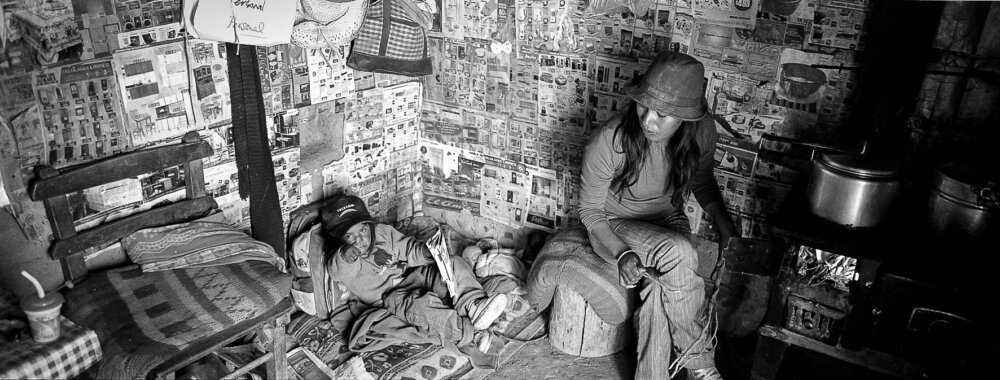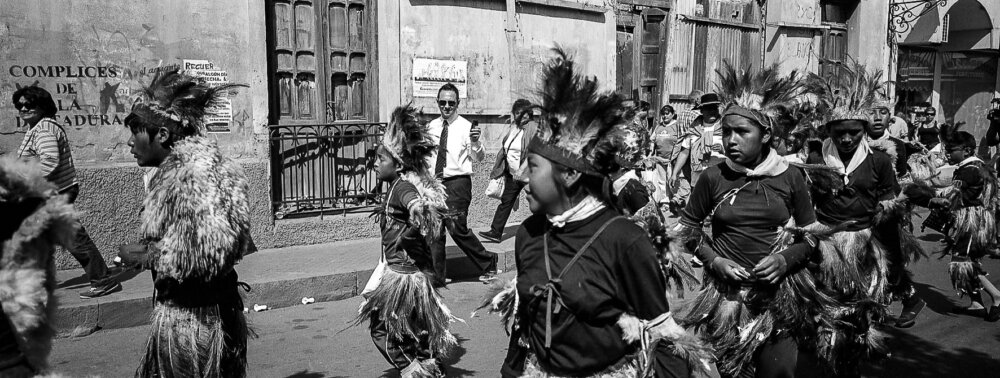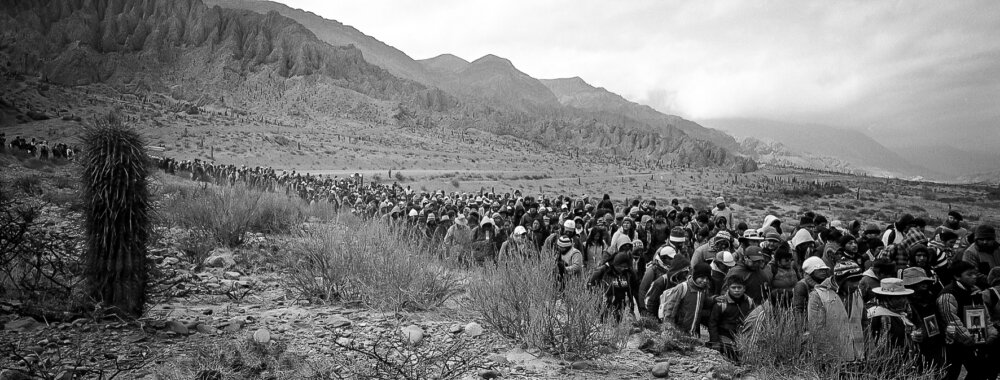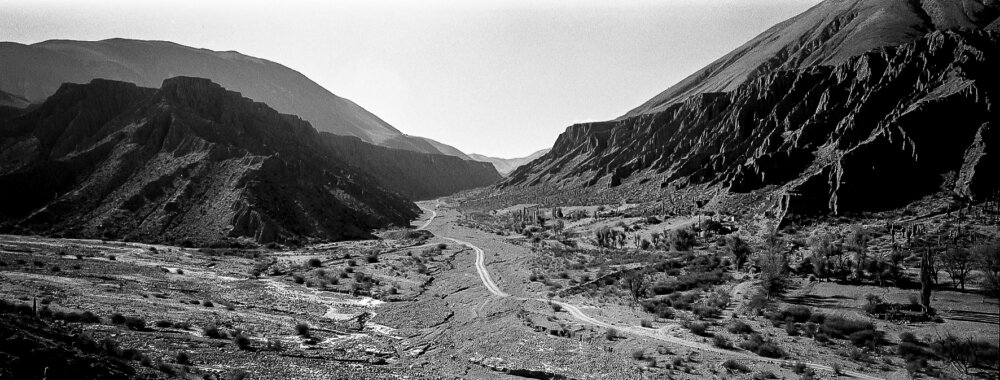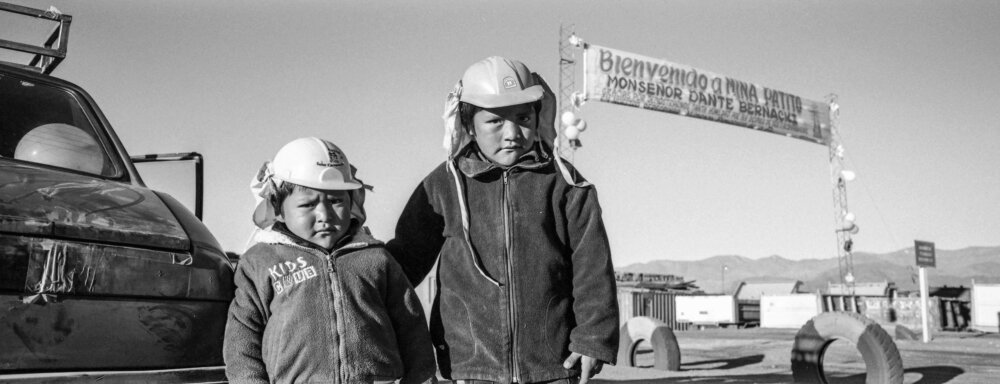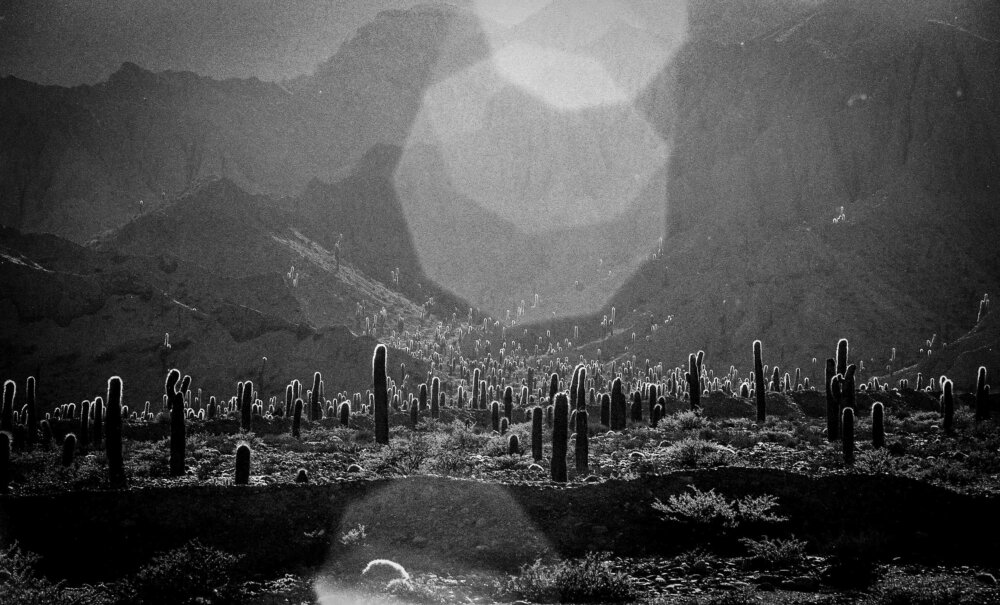The Puna: The Desert in Kodak TMax 400
All images by . Used with permission.
“You know Robert Delpire a french photograph said one day that, ‘What I like in a photograph is the silence and black and white is silence.'” says Photographer Christophe Thillier, who states that he’s a big user of Kodak TMax 400 film in an email to us. Mr. Thillier is a geologist who works in remote places. He shares with us that he’s generally in deserts and that that’s where silence prevails. Deserts, where the light is extremely sharp and hard, also does well with Kodak TMax 400.
Mr. Thillier is French and lives in Argentina. Where he works is called The Puna–and he says that it is cold with “naked” landscapes. “The sky is often empty and deeply blue.” he continues. “People live in adverse conditions. To transcribe this ambiance, black and white is by far the most appropriate way. It restitutes the hardness but also the authenticity of the moment.”Mr. Thillier continues to express that black and white doesn’t distract. You go to the essentials, whatever the subject may be.
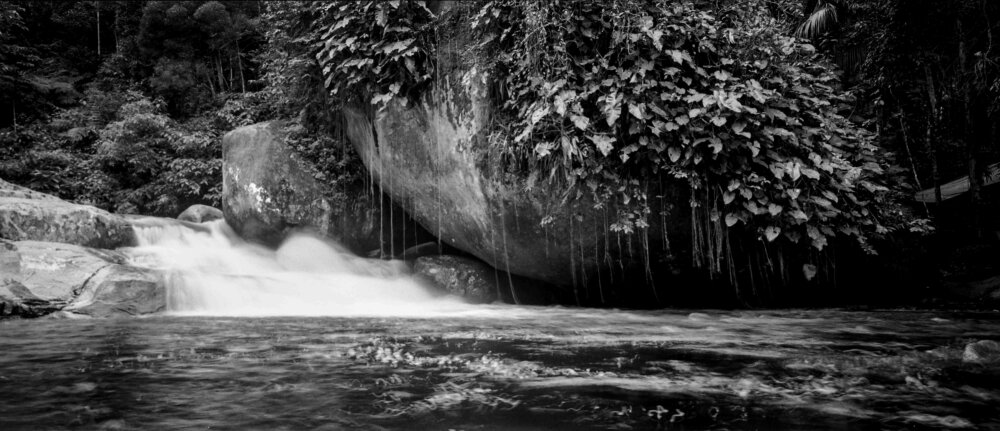
With either his XPan II, Leica M6, or Nikon F6 in hand, the self described aficionado states that photography is a second tool only after a hammer. Mr. Thillier describes himself as contemplative when he shoots.
What inspires you to create photographs?
The scale between man and nature, the survivance of man in his environment through his work, his beliefs, his pairs. The duty to show, to make understand is also guiding me when I create a photograph.
Why is black and white photography so important to our future in the art world ?
Do you know how important the standard meter is as reference for science, geography and civilization? Well, black and white photography is a standard, a reference in art. It is ageless, resists time and fashion because it is noble. As I said above, with black and white you go straight to the essentials and people need to get back to the essential in different moment of their life. So it is for Art.
